Photography practice exercises
Practice photography at home
Photography is a skill that requires constant practice and experimentation, so if you want to improve you need to constantly work on it. Here are some DIY mini-project ideas that you can do anytime.
Know Your Camera The longer you hold the camera in your hand, the more you memorize the location of the buttons and their configurations using muscle memory. For photographers working outside the studio, this skill is really important. You should always know where each button is without thinking about it. You can achieve this by holding and using the camera as much as possible.
So use your home camera and try to change as many settings as you can during this practice period to get used to the feel, position, and button configuration. You should be able to change all camera settings without looking at it. This will help you use and set up your camera faster and take more photos in less time.
Don't forget to read the instructions too. There are many options that you will learn and find very useful if you read the manual. If necessary, watch Youtube videos related to your camera to see what it can do that you thought was impossible before.
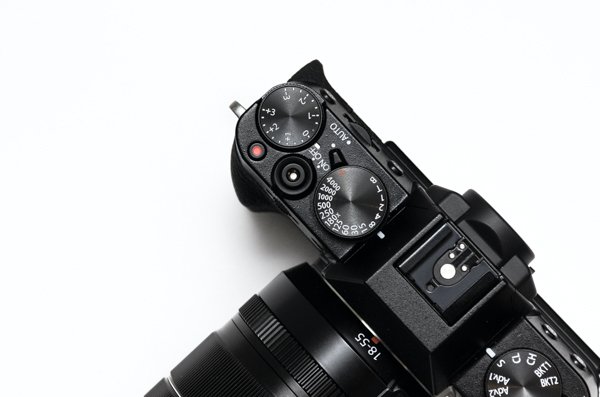
Create better composition You can practice composition with almost anything you have at home. Keep in mind, though, that most subjects you find will be stationary, and you won't get much better at shooting the same thing over and over again.
Try practicing composition on non-stationary subjects such as your spouse, children, parents, pets - anything that breathes and moves in the house. You might annoy them a bit, but they'll get used to it eventually. Since they'll be unpredictable and moving all the time, you'll have to constantly readjust yourself to compose correctly, which will allow you to hone your composing skills.
You can almost do the same with stationary objects, but try to compose the shot as quickly as possible this time around. And, of course, after each shot you can switch between multiple objects so you don't get too used to the angle and position.
Try macro techniques Chances are there are at least ten small items on hand right now as you sit at your desk and read this article. There are plenty of opportunities to improve your macro skills using these items while you're sitting at your desk wasting time on the internet.
Take a few of these objects and create a cool scene to photograph (which also allows you to practice conceptual photography). Practice handheld focusing and high magnification handheld shots. You can even practice macro lighting using flashes on table stands. The possibilities are endless in this area, all you have to do is practice.
You don't even need a macro lens. Start by using macro filters or close-up filters or try reverse lens macro. You can even use lamps and other lights in your home to illuminate your subjects. Use the reflective surfaces for creative shots and if you head out to your garden you're sure to find more insects, flowers and leaves that can make good macro subjects. Also, this is the best time to try to learn focus stacking.
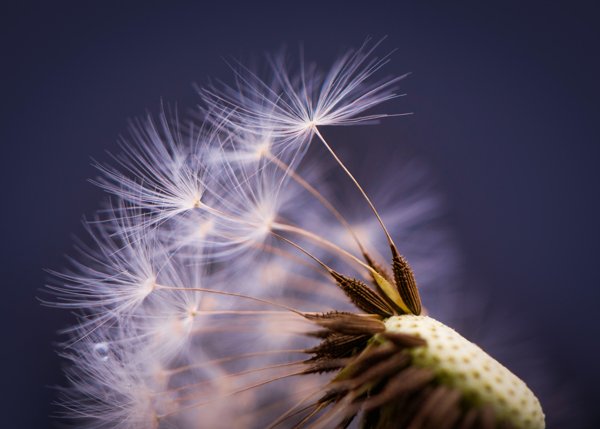
Improve editing To get good at editing, you can research new ways to edit something, new processes, and maybe even different workflows. This way you will gain experience in this area and possibly improve the quality of your images and post-processing techniques. Also, it will help you optimize your workflow by getting used to it and eliminating any bottlenecks you might have.
If you're not used to editing your black and white photos, you can give it a try. It can help you develop a creative eye and help you learn to see particular details in black and white. You can also learn to focus more on lines, patterns, textures, tones, shadows, etc. of a scene and create powerful images that will captivate viewers for longer.
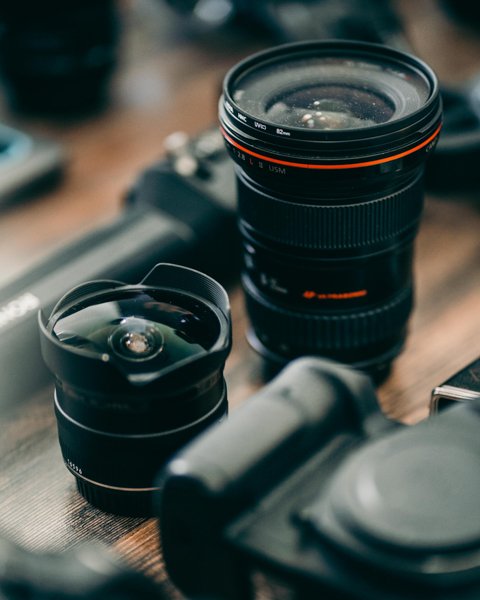
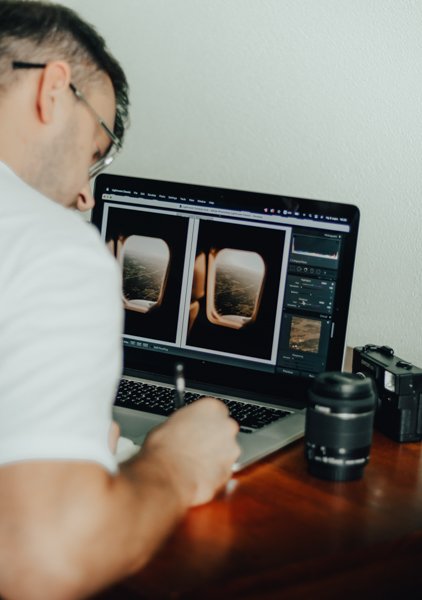
Maintenance of your equipment Your camera and equipment should be maintained and cleaned from time to time. It's pretty easy when you're at home and have the luxury of time and a clean workspace. You won't have that luxury on the pitch, so it's essential to know what you're doing and how.
When cleaning your equipment at home, be sure to become proficient. Make sure you can clean your camera, lens, and other accessories as quickly and thoroughly as possible. If you can properly clean your camera (even using the wet process on your sensor), you'll end up saving time and money by avoiding service center visits and being without your camera when it's needed.
Apart from your camera and lenses, you will also need to clean your tripod as most of the time it gets dragged through mud, dirt sand and also salt water if you are shooting near or at the beach. Over time, the parts and the material itself wear out and render your accessories unusable. So be sure to clean and lubricate the tripod and monopod. Also take the time to frequently attend to your other tripod-like accessories.
You will learn something new every time, gain experience and improve. All you need is the will to do it. You will notice the differences and improvements in just a few days.
How to teach photography to beginners
All successful photos have three things in common. Do you know what they are? It’s not the correct aperture, exposure and focus distance. Neither is it a suitable camera, lens and tripod. What about the successful use of hyperfocal distance, ISO invariance and ETTR? No! The three variables that matter most in photography are simple: light, subject and composition.
Light Photography is light. Without it, you couldn't take any photos, let alone good photos. The quality of light varies from photo to photo, but in all cases it is what gives your images their underlying structure. You can't get more fundamental than that. You've probably seen photos with beautiful light - photos that would otherwise have been rather ordinary. What makes light so important to the final quality of your photos? The character. In its simplest form, light is an emotion. The feel of your photo will be very different depending on the lighting conditions: hard light, soft light, warm light, cold light, and everything in between. Each type of lighting conveys a different emotional message, changing the character of your final image. While there are other ways to convey emotion in your photo, light is one of the most powerful.
If you've never thought about light, go out and take some pictures. At some point, you'll find yourself capturing a scene with spectacular lighting conditions, and you'll realize that taking great photos is almost easy. But what is exceptional lighting? There are so many possible conditions that you can encounter. Which are the best? While I think there are some really spectacular and particularly special lighting conditions - which I'll get to in a moment - the truth is that any type of light can be ideal. Indeed, in itself, "good light" means nothing. On the contrary, "good light" is light that makes your photos look the way you want.
A few types of light are special enough to be researched as often as possible, as they are particularly good for a wide range of subjects. The most important, at least for outdoor photos, is the golden hour - the times of sunset and sunrise when the sky is filled with stunning colors and the atmosphere filters the light into a soft glow.
Similarly, foggy conditions often make for interesting photos, simplifying the scene in front of you and bathing the world in soft, cool light. The same goes for thunderstorms, which make the sky intense and the world dark. Additionally, clear moonlit nights, which can make a landscape look mysterious and eerie, and for "blue hour" - the time of night close to golden hour, but where the sun is well below the horizon, and where everything has deep blue and purple tones.
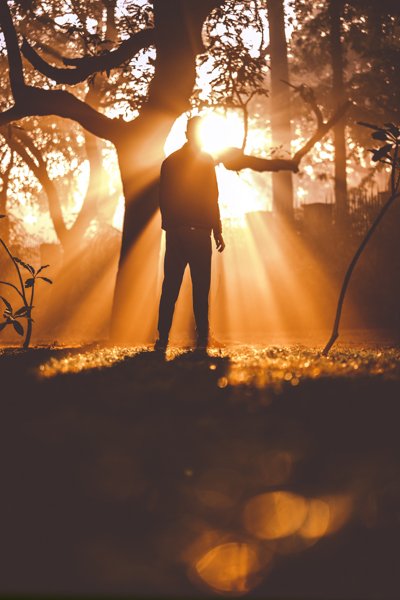

The quality of light depends on the conditions you encounter, and it's not always something you have the power to change. However, for particularly important photos, you always have the option to wait and capture something amazing when the lighting conditions improve. The best lighting conditions in the world - even in an ordinary field - are far better than the bland lighting of Yosemite Valley. Every photo needs light; every good photo needs good light.
Subject When most of us take a picture, we do it because something caught our eye. This "something" is, unsurprisingly, your subject. If you're describing a photo to someone else, the subject is probably the first thing you'll say. "It's a picture of a mountain with snow blowing through the air." "This is a picture of a whale I saw last year." "It's a photo of my friend." As humans, we think of the world in terms of subjects. A powerful documentary touches us by what it shows us and how it shows it, but most people don't notice the "how". Indeed, a good subject can captivate your viewers, and other parts of an image - including crucial elements, even light - can take a back seat. This is also where the technical aspect of photography comes in. How do you represent your subject? Do you want to isolate it with a shallow depth of field or do you want everything from the foreground to the background in focus? Will your photography be sharp and detailed, or impressionistic and blurry? Every technical decision is really just a creative decision on how to represent your subject in the best possible way.
So when choosing the right subject for a photograph, you have to think about the future. What would the ideal photo of this subject look like, and how can you achieve it? Visualize the end result and do whatever you can to make it happen.
Composition Finally, the third crucial element of any photography is your composition. Composition is, quite simply, the arrangement of the elements of your photograph. It encompasses the position of the camera, the relationships between the elements of a photo, and the subjects you emphasize, downplay, or completely exclude. Composition is how you tell your story. A "good" composition is one that effectively tells your story, without distraction or confusion. Your viewers don't have to get lost in a convoluted mess to figure out why you took this photo. Composition is the stage of the game where you ask yourself "how". How can you convey the beauty, excitement, darkness, intensity, sweetness or any other emotion of a scene as perfectly as possible? How can you arrange the elements of your photo so that the image is successful? A good composition emphasizes the most important parts of a photo, while minimizing what detracts from the image.
As you can imagine, composing is a very personal subject, with many different elements, way more than I could cover in a single article. For the sake of simplicity, I will only touch on them briefly:
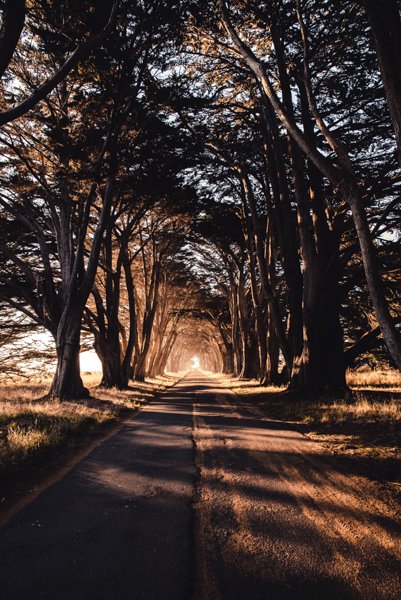
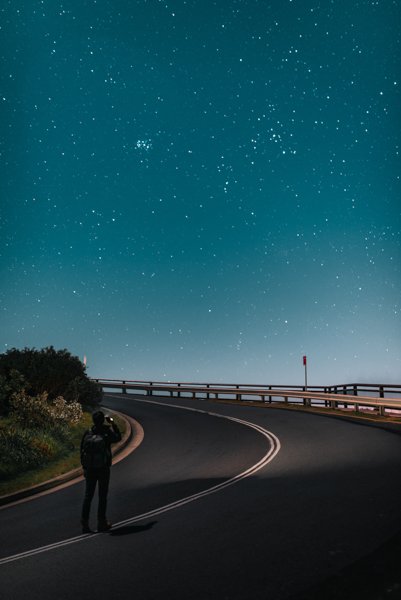
Simplicity Your photo should convey exactly what you want, and as few elements as possible should distract from your emotional message. If there are distracting elements in your photo, or elements with different moods and emotions, find what you can do to improve them.
Eliminate anything that can harm the quality of your photo; change your position or framing to lessen the effect. Even if your goal is to take a chaotic and distracting photo, you should do so as clearly and unambiguously as possible, without "non-chaotic" elements that tell a different story. The best way to fix most photos is to exclude as many unnecessary (or harmful) details as possible.
It doesn't just mean deleting them in Photoshop. Although post-processing can play a role here, it is far from the most important. If you haven't mastered the art of simplifying photos in-camera, it's a stretch to believe that the Spot Correction Brush can save the day. Some unwanted elements can slip into your frame, and that's okay. You rarely come across a "perfect" scene without distractions or problems. But if you're aware of these issues in the field, you've come a long way to fixing them as much as possible.
Balance Every part of a photograph attracts some degree of attention - some parts more than others. Bright, saturated colors and high contrast tend to catch the eye of your viewers, for example. The same goes for engrossing subjects or unusual things in a photo, just like in the real world. It's a matter of balance. When taking a photo, be careful where you place the elements that attract a lot of attention. If the left and right halves of your photo have the same visual weight, the composition is said to be balanced; otherwise, it is an unbalanced image.
Neither is good or bad. You can take good photos that are balanced and good photos that are unbalanced. Either way, this decision has a major impact on the underlying sentiment of the photo, i.e. its moods and emotions. A balanced composition looks calm and peaceful. An unbalanced composition, on the other hand, draws more attention to one side of the photo, resulting in a more tense and dynamic result.
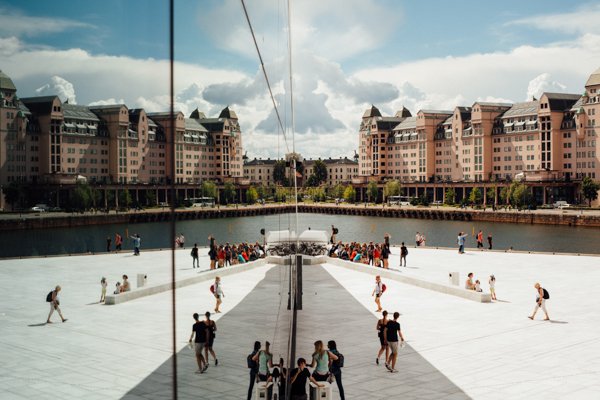
Breathing Room When taking photos, each subject should have their own breathing space, or personal space, in the composition, unless you have a specific reason not to. When two subjects are close together, or against the edge of your photo, the result can be disconcerting. This advice is pretty self-explanatory, but you'd be surprised how often I see shots fail because they overlooked something so minor. An otherwise fantastic mountain photo can look completely contrived if placed too close to the top of the frame or, even worse, cut off completely.
Interconnectedness Good photos work because the elements of your composition work together rather than fighting each other. In some cases, it goes even further, achieving what is called interconnection. Sometimes different parts of the same photo have deeper similarities than they appear at first glance. For example, you can photograph a tree shaped like a distant mountain, or your subject wearing a shirt that matches the color of their eyes. Perhaps the simplest example is that of a landscape perfectly reflected in a pool of water. Such patterns give the picture a purpose, even if not all viewers consciously notice this connection. The idea is to make your image feel like a singular, unified whole, where the reason you took the photo is clear. This level of interconnectedness won't always happen, but when it does, the results can be very powerful.
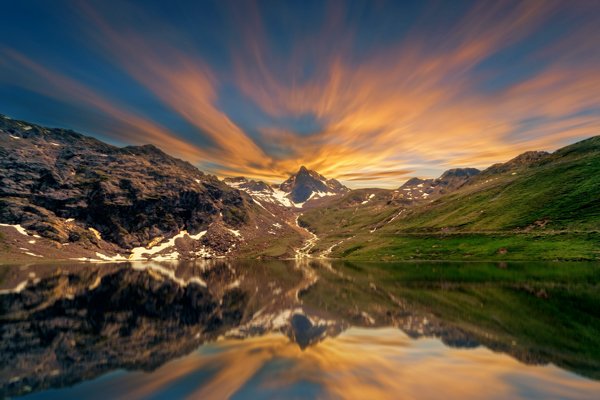
Conclusion
If you master these three variables - light, subject and composition - you will have mastered what is perhaps the most important part of photography: figuring out how to convey your emotional message. Good photos touch us because they impact our emotions and resonate with us on a deeper level. The light creates a strong atmosphere; a subject gives your viewer something to relate to; the composition structures a photo to complete your story. In this article, I have of course only scratched the surface. In fact, no matter how hard you study these subjects, photography is an endless ocean. There is no "end point" to fully understand the creative aspect of photography. It is always possible to learn more. This is what makes photography so rewarding. Light, subject and composition are things you can only really learn by going out there and taking pictures, then critically reviewing your work and seeing how you can improve. So when trying to take the best photos possible, focus on creativity. Yes, the technical aspect of photography is always important; as I mentioned a moment ago, every technical decision is also a creative decision. But you have to back up a "technically good" photo with something more powerful. Ultimately, it's your emotional message, born out of the decisions you make every time you click the shutter.
Practice photography book
A source of ideas and knowledge is a good book. But it can be difficult to choose from the many popular photography books. We've created this list of great books to help beginners and enthusiasts get to grips with photography. Take a look for yourself and see which book suits you best.
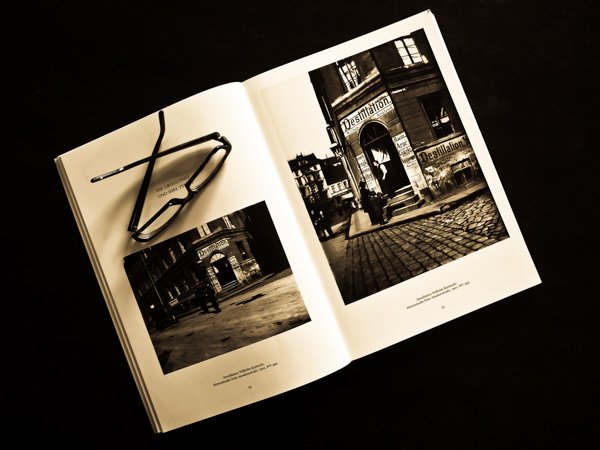
The Photography Ideas Book by Lorna Yabsley Published by ILEX in partnership with the Tate group of museums, this dynamic book dissects and reimagines the art of photography, ultimately offering lessons in how to look with fresh eyes. Each page is devoted to a mini description of an artwork and an explanation of a specific concept used to create it, including perspective, multiple exposures, glitching, collage, and scanning. All of these pages explore brilliant photographic processes while shedding light on dozens of exciting photographers working today.
BetterPhoto Basics by Jim Miotke This is an excellent technical book that seeks to demystify the often overwhelming world of photography. Perfect for beginners, it covers common camera controls, explains the basic concepts of aperture, shutter speed and focal length, and provides tips on focusing, lighting and composition. It also contains practical exercises as well as sections with more advanced instructions, making it an ideal book to develop your skills as you progress through your photography journey. Many inspiring photographs will help you understand how all these techniques can be combined, not only during shooting but also in post-processing.
Understanding Exposure by Bryan Peterson Veteran photographer Bryan Peterson explains the fundamentals of light, aperture, and shutter speed, and how they interact and influence each other. With a focus on finding the right exposure, even in tricky situations, Understanding Exposure shows you how to get (or lose) image sharpness and contrast, freeze the action, and get the best meter results, while also exploring filters, flash and light.
Authentic Portraits by Chris Orwig Taking a portrait is not an easy task. In fact, it is an art form in its own right. Chris Orwig is a past master in this art and shares his wealth of knowledge with you. The techniques are refreshingly simple and quickly build confidence. Whether it's finding subjects, preparing yourself, or encouraging your subject, this 400+ page book of portrait photography tips and information has it all. If you want to take soulful and meaningful photos, and not just snapshots, this book is for you.
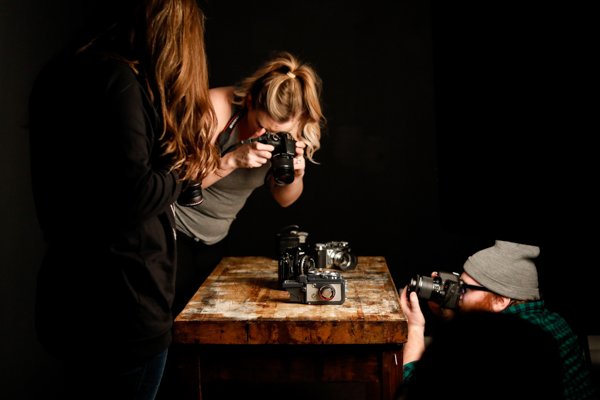
Extraordinary Everyday Photography by Jed Manwaring and Brenda Tharp The driving force behind this book is the concept that beauty can be found all around us, and that you don't have to travel across the world to get "the picture". Authors Brenda Tharp and Jed Manwaring offer captivating lessons with titles such as "Practicing to See Everyday" and "Photographing at Dusk" to inspire readers to see the familiar in new ways. In plain language, they describe how one can find unexpected pleasures by getting up close, focusing on details, and creating abstract views. They also provide exercises to help you apply what you've learned to your own environment.
Photographers on Photography: How the Masters See, Think, and Shoot by Henry Carroll If you like to learn from the best, consider reading this guide, which highlights approaches from the pros. It is packed with interviews, images and quotes from photographers such as Dorothea Lange, Saul Leiter and Wendy Red Star, which explore their ideas, concerns, motives and methods. Whether you're interested in commercial work, photojournalism, or concept art, you'll come away with a greater appreciation for the artistic process — and some inspiration for your own practice.
The Art of Photography: A Personal Approach to Artistic Expression by Bruce Barnbaum It can be difficult to master the technical aspect of photography, but it is even more difficult to develop your own artistic voice. In this rhapsodic text, photographer Bruce Barnbaum explores approaches to image-making, explaining why large photos work, how color and composition contribute to emotion, and how a single moment can be interpreted in limitless ways. There are some handy tips, like shooting the film and presenting the image, but it's mostly a guide to help you harness your technical skills for maximum creativity.
The Photographers Eye by Michael Freeman Design is the most important factor in creating a successful photograph. The ability to see the potential of a strong image and then organize graphic elements into an effective and compelling composition has always been one of the key skills in photography. In this book, photographer Michael Freeman explains how digital photography has brought a new and exciting aspect to design, with instant feedback from a digital camera enabling immediate evaluation and improvement. This has had a profound effect on the way digital photographers take pictures.
Advancing your Photography by Marc Silber Marc Silber interviewed some of the best photographers in the world and learned their secrets for amazing composition. Today, he brings their wisdom to you in an easy-to-understand manual. Too many photographers reach a certain level and struggle to progress. We are bombarded with so many videos, books and people telling us what to do that it can be overwhelming. Marc wrote Advancing Your Photography so you can have an easy to read manual to take with you. All of his advice is based on decades of photography and the deep wisdom of the fantastic photographers he's interviewed.
Good Pictures by Kim Beil This book takes a fascinating look at how we got to where we are today in photography and why we use the tools we use. You've probably never thought about why we have thumbnails and where they come from. But you will feel much closer to photography after reading Good Pictures.
Picture Perfect Practice by Roberto Valenzuela If you're frustrated and overwhelmed by the challenges of real-life locations and executing a big picture, or just want to become a better shooter but don't know where to start, Roberto Valenzuela's Picture Perfect Practice gives you the tools and information you need to finally become the kind of photographer you've always wanted to be: the kind who can confidently enter any location, in any lighting condition, with any any subject, and knowing that you can create stunning photographs that have timeless impact.
The Photographers Guide to Posing by Lindsay Adler When you're shooting people, you can have great composition, perfect light, and the right camera settings, but if your subject doesn't look good, if the pose is bad, the shot won't make it. Posing is truly a crucial skill that photographers need to possess in order to create great shots. If you're looking to improve your ability to pose your subjects, whether men, women, couples or groups, The Photographer's Guide to Posing by best-selling author and photographer Lindsay Adler: Techniques to Flatter Everyone is the perfect resource for you.
Fast Track Photographer by Dane Sanders Competition in the photography industry has never been fiercer. In this guide, renowned photographer Dane Sanders reveals that the key to success is to stop worrying about what other people are doing and focus on your most powerful resource: you.
How I Make Photographs by Joel Meyerowitz With nearly 60 years of photography experience, Joel Meyerowitz knows a thing or two about cameras and shares some of his top tips for creating engaging and beautiful images in this book, How I Make Photographs. Joel Meyerowitz is considered one of the most respected street photographers of all time. In this book, he lays out four key concepts that will help you better capture your world.
- How to use a camera to own the streets.
- Why you should always look at the world with a sense of possibility.
- How to put your subjects at ease
- The importance of being playful and finding a goal that suits your personality.
Magnum Contact Sheets by Kristen Lubben This groundbreaking book features a remarkable selection of contact sheets, revealing how Magnum's most celebrated photographers capture and edit the best shots. Addressing key questions in photographic practice, the book sheds light on the creative methods, strategies and editing processes behind some of the world's most iconic images. This book is less action oriented than others on this list and focuses more on the stories of the photographers who took the photos. It is a must-read book.
The Art of Photography: A Personal Approach to Artistic Expression by Bruce Barnbaum It can be difficult to master the technical aspect of photography, but it is even more difficult to develop your own artistic voice. In this rhapsodic text, photographer Bruce Barnbaum explores approaches to image making, explaining why large photos work, how color and composition contribute to emotion, and how a single moment can be interpreted in limitless ways. There are some handy tips, like shooting the film and presenting the image, but it's mostly a guide to help you harness your technical skills for maximum creativity.

